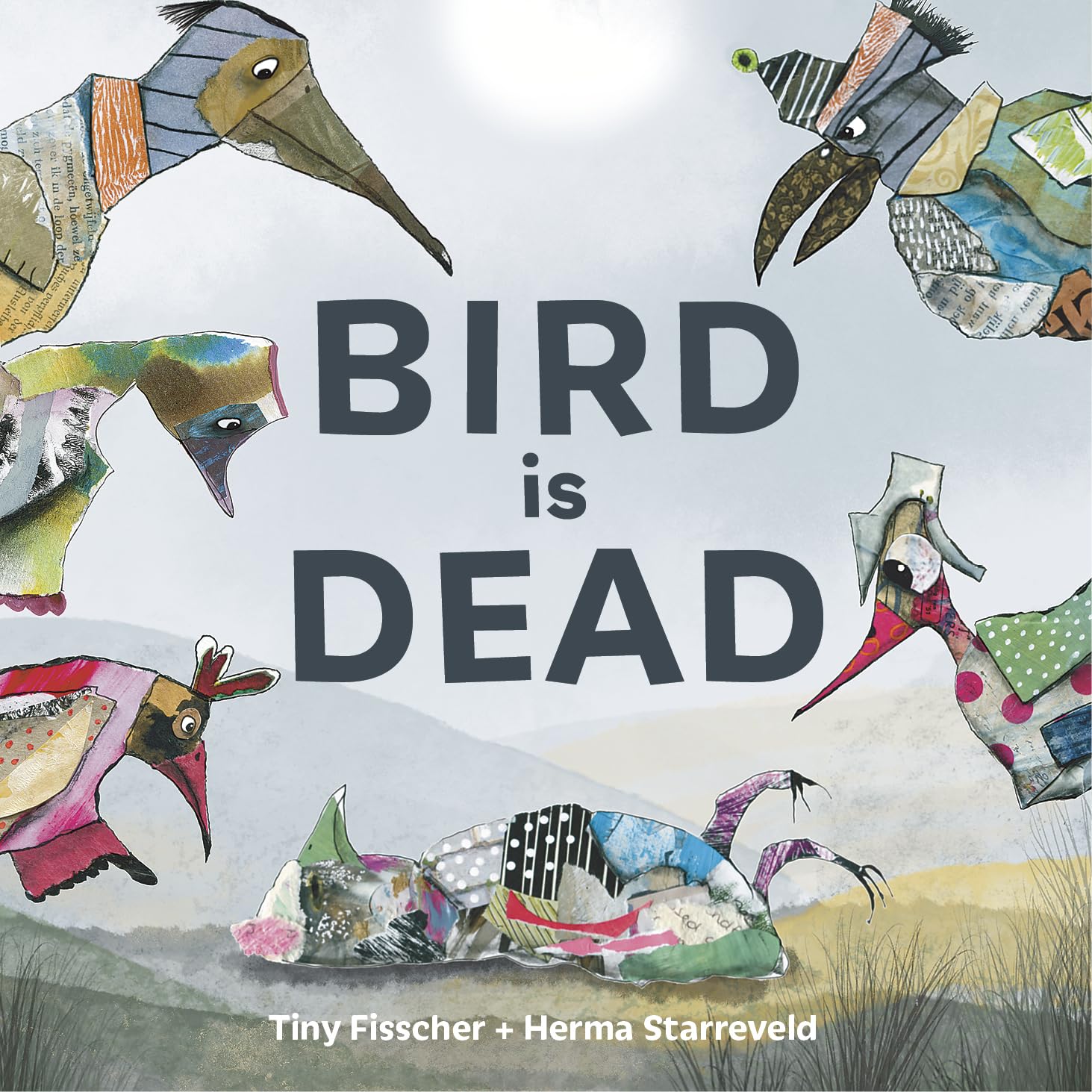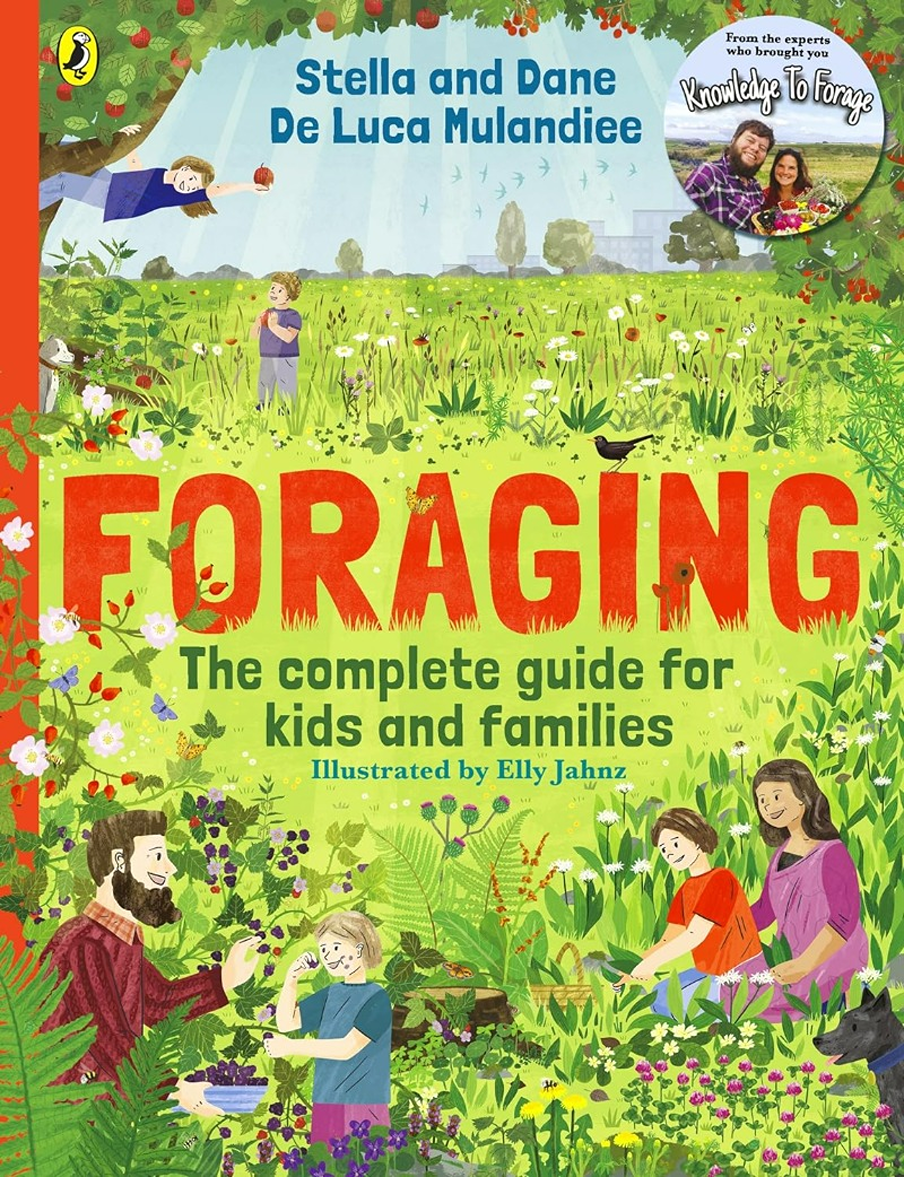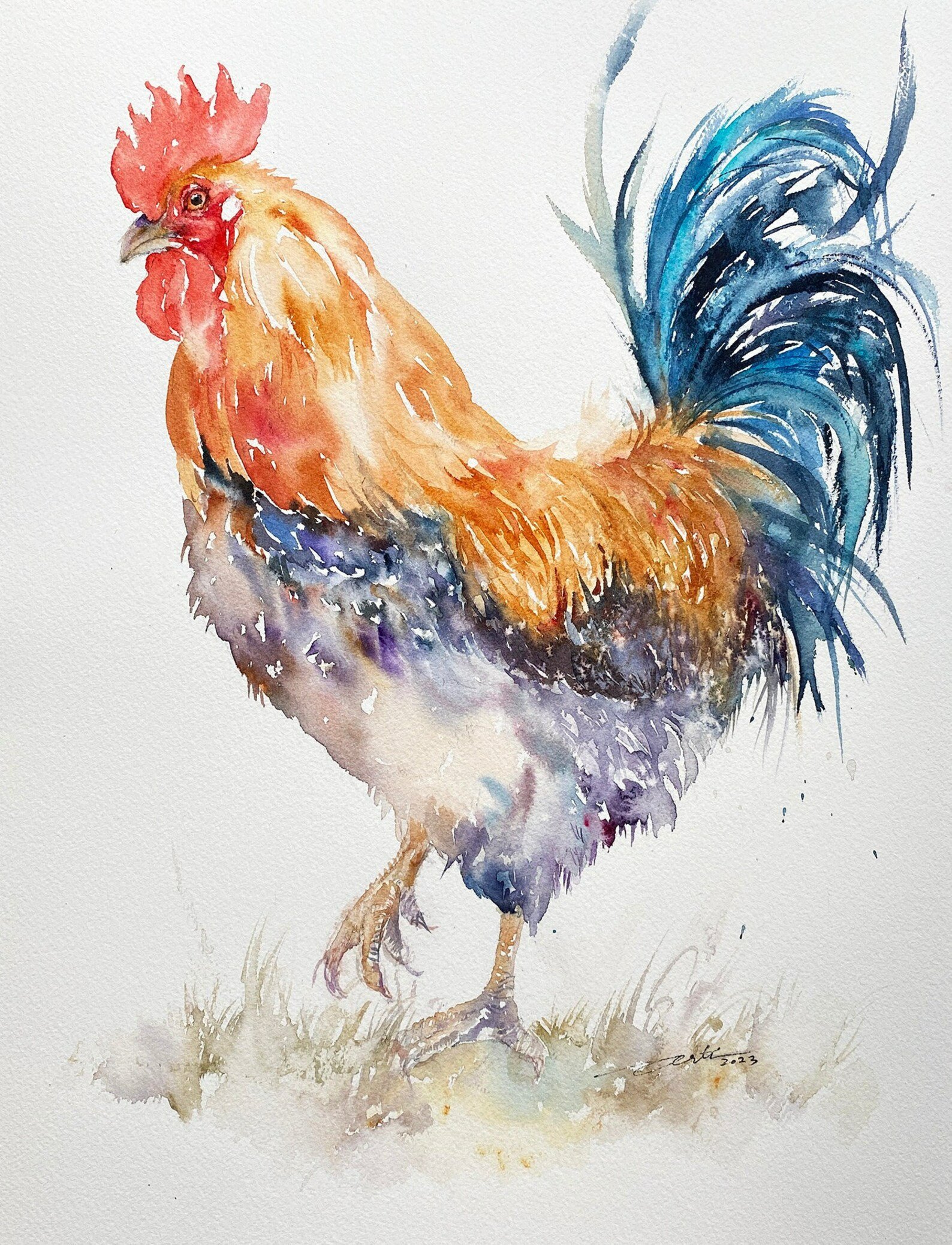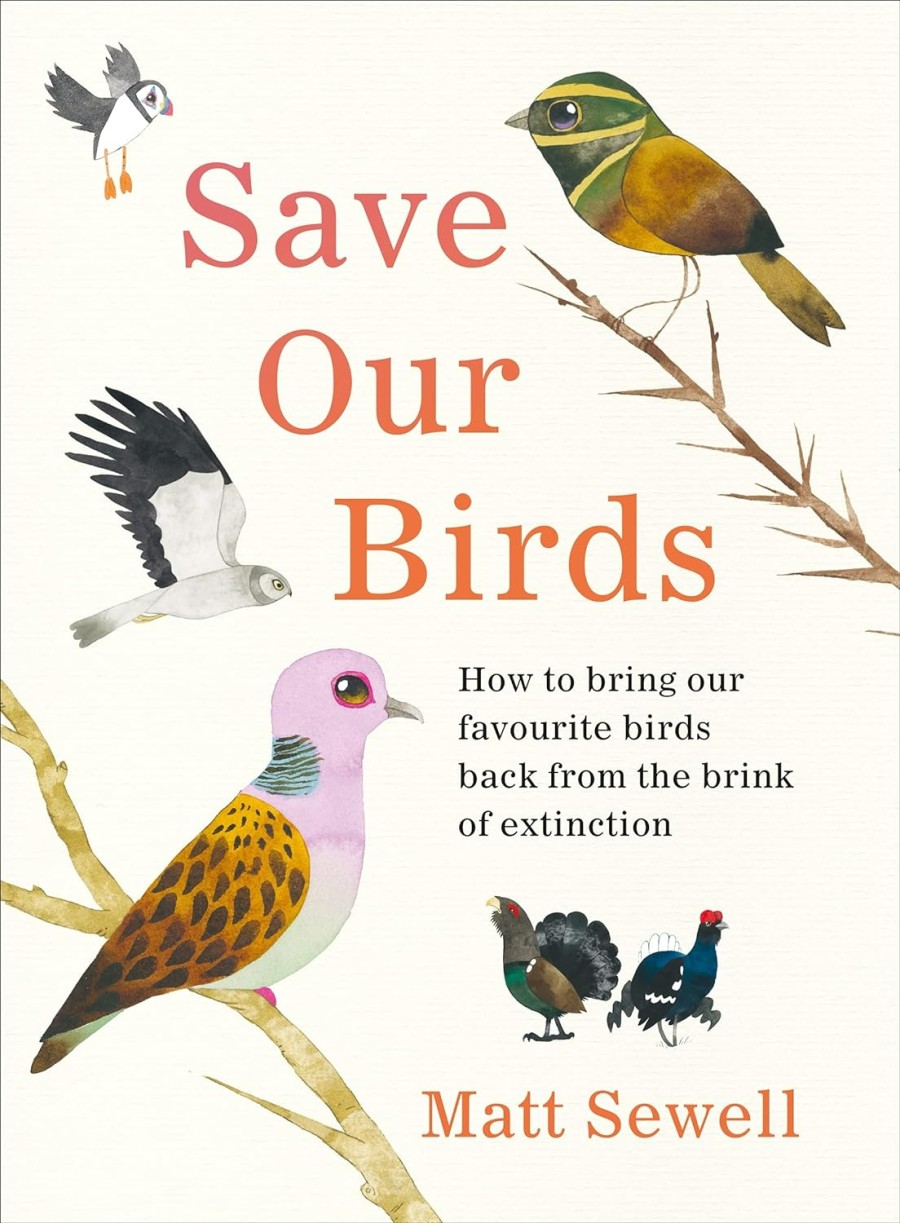
It would appear so. Crows are a family of birds that are known to be the most intelligent (the biggest brain-to-body ratio of any bird). And one of just four species that can make tools; humans, chimpanzees, orangutans (who make rain umbrellas from leaves) and crows (who sharpen twigs to scoop worms out of tree holes). In Japan, crows have been filmed dropping nuts onto busy roads, waiting until a car runs over the nuts, then flying down to fetch their dinner!)
How to Know a Crow is a biography of the world’s brainiest bird. Crows are always near us (shouting from lamp-posts, poking around on lawns and taking a bright-eyed interest in everything that moves). So enter the world of these brainy birds, from the moment a baby crow pokes her egg tooth through her shell and emerges from the nest. Learn about crow families, communicationsand play. Features gorgeous illustrations by Rachel Hudson.

Although mostly solitary, crows are even known to hold ‘funerals‘ for dead birds. They peck the dead birds, ward away predators trying to eat the corpse and even make cawing noises, like a hymn. Thankfully not endangered, there are a few species of crows in England:
Carrion crows are the ones you most likely recognise, with black glossy feathers. Hooded crows are similar (but with grey bodies) but tend to live more in Scotland.
Rooks have long pale pointed beaks and shaggy feathers (one wildlife charity describes them as looking like ‘baggy shorts’). Ravens are larger and have big thick beaks, and when flying a diamond-shaped tail. Jackdaws are small and black, with glossy grey feathers. They are more sociable than the other crows.
Jackdaws are often seen swaggering about, as if they’re carrying a couple of radiators. They are one of the only animals to use eye-contact to communicate. That’s why you can be walking along and a jackdaw will look you right in the eye, like he’s reading your mind and make you feel slightly unsettled before flying off. Matt Sewell
Magpies are very common, known for their black-and-white feathers and distinctive call. It’s not true they ‘steal shiny things’, they are just intelligent and curious. One American birding charity says they are more likely to steal your sandwich, than your silver! Another myth is the ‘one for sorrow, two for joy’ belief. This comes from an ancient nursery rhyme, and has no meaning. In fact, in China to see one magpie is good luck!

Jays don’t look like crows, as they are brown with beautiful blue patches, almost tropical-looking. They are very shy so it’s rare to see them, though they will be around in the woods, you may hear their loud screeches. Like squirrels, they hide nuts away, and remember where they hid them, to go back later on.
choughs – the ‘national bird of Cornwall’

Cornish choughs are very similar to jackdaws, they are small black crows with glossy feathers, the difference being their long red legs and beaks. A real conservation success story, choughs have come back from near extinction and are now successfully breeding, as the national symbol of Cornwall.
Keep at least 50 metres away from coastal birds (if they fly away, this wastes energy that could be spent feeding, they need extra space during high tide). Also keep to main paths when crossing dunes (this also helps dogs and you from having invasive pirri pirri burr attaching to skin, fur, clothes or shoelaces).
They live on short grassland and coastal heaths, and use their long red bills to eat beetle larvae and leatherjackets. They have a loud ‘chee-ow’ song, and are mostly found on cliff faces and rock ledges, but also nest in empty buildings. He’s a good dad, who sticks around to raise the chicks! In fact, he pairs for life with his lady friend, and usually they return to the same breeding site each year.
Like most wildlife, the main threat to Cornish choughs has been modern agriculture practices. But Cornish conservationists have done a wonderful job, increasing the population by 60%, by helping to preserve habitats locally.
ravens in the Tower of London

It’s a little-known fact that the Tower of London is also a castle. Home to many beheadings (including poor Anne Boleyn) today it’s a massive tourist attraction and home to the ravens. Although some people understandably have concerns over clipped wings, these intelligent birds seem pretty happy and can fly off if they want to, but don’t. Raven George went elsewhere after trying to eat TV aerials and Raven Grog was last seen outside an East End pub. But the others remain, not least due to being fed special treats of biscuits soaked in blood?
how to help injured or orphaned crows
Like all birds, it’s best to observe for at least an hour, as most times parents will be watching and feeding the chicks. If this doesn’t happen, then try to place young crows in a high tree, and continue to observe. If the bird is injured, the parents don’t return (or the bird has few or no feathers so is too young to stay in the tree), call your local wildlife rescue for help.
One of the main risks to crows is that they like to nest in chimneys. This can cause them to fall onto the ground or sometimes to die of heat, if you light a fire. It’s illegal to light fires if you know crows are nesting, so get all chimneys (not just the master) swept at least once yearly, ideally at end of summer before you light a fire. This way the sweep can tell you if there are any nests, so you avoid lighting fires until you know the birds have gone.
As crows return to the same chimneys each year (they mate for life), it’s good to find humane deterrents. Although bird spikes work for some birds, crows are so clever that sometimes they take them away and use them as materials to build nests. Signs of crows nesting in your chimney include twigs, grass, leaves and hair falling into the fire grate. Use gloves if removing bird droppings.
Experts recommend chimney cowls and chimney caps which stop birds wandering into your chimney, and also helps prevent smoke blowing back into your home, thus preventing fires. It’s important to install these correctly so ensure oxygen can circulate, to prevent pollution and house fires.
To deter unwelcome crows from your garden (stealing eggs, making a noise) know that this is just nature. But if you don’t want them (say your cat is trying to attack), just use common sense. Keep cats indoors at dawn and dusk (when birds are likely feeding), and keep food and rubbish sealed, to avoid scavenging.






